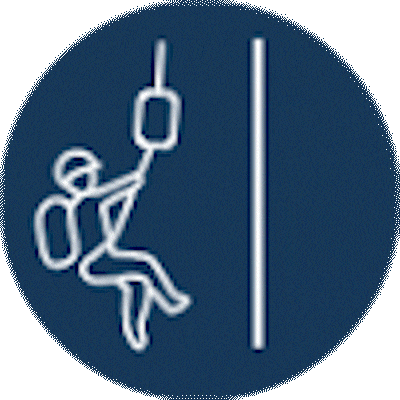Originally developed for military and rescue operations, battery-powered rope ascenders
became commercially available in the mid-2000s. By 2008, CPR pioneered their use in the
Australian building industry, transforming how facade remediation and access challenges
are approached.
After more than 15 years of field use, we’ve built a complete system around the tool:



We believe the result is a supercharged access solution where the tool is only part of
the story. Technology alone doesn’t set us apart but rather how we use it.

Less Downtime:
Trades ascend with the push of a button, cutting rigging and drop times significantly.

Zero Internal Impact:
Roof-mounted anchors mean no access needed through lifts or common areas.

Silent & Unobtrusive:
Quiet operation respects building occupants and urban environments.

Compact & Portable:
Easily transported, installed, and removed.

Integrated:
Forms the core of our Scaffold-Free™ suite, powering the SkyPod® BRMW for heavy-duty works.





Under the DBP Act, a building practitioner includes a range of professionals involved in various stages of the building process, such as architects, engineers, and designers. Unlike builders, these practitioners often focus on planning, design, and ensuring compliance with technical standards.

Yes, in many cases—especially for remedial works involving waterproofing, cladding replacement, or structural repair on class 2, 3, and 9c buildings.

Registered building practitioners are responsible for lodging regulated designs and design compliance declarations on the NSW Planning Portal.

Most residential apartment buildings in Australia fall under Class 2 of the National Construction Code.

Discover the transformative power of PEARS®.
